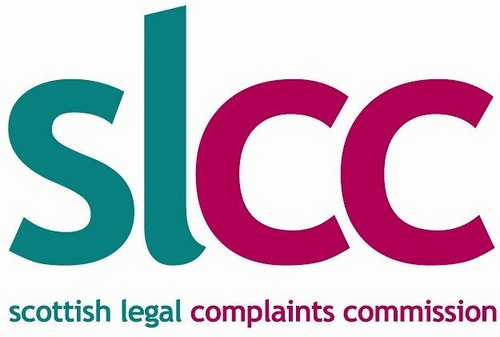SLCC terms of business report paints mixed picture of client communications

The Scottish Legal Complaints Commission (SLCC) has today published a report on the initial engagement or ‘terms of business’ letters firms issue when instructed by a client.
Looking at a sample of 80 letters, the SLCC considered to what extent they complied with Law Society of Scotland rules on client communications and whether an average client would be likely to read and understand them.
The SLCC reported generally good compliance with the basic requirements on client communications. However, it said its sample showed a real variation in the extent to which firms made their terms of business letters clear, accessible, accurate, and a useful tool for effective communication with the client.
The organisation has urged firms to consider the recommendations in the report to see if their terms of business could be improved to help avoid complaints in future.
Susan Williams, the SLCC’s best practice adviser, said: “Terms of business letters that are relevant, accessible and accurate can help to avoid misunderstandings and miscommunication, two of the most common causes of complaints.
“While some firms had worked hard to make their terms clear and accessible, we felt only about a third of our sample were likely to be easily read and understood by clients. We found the sections on fees and charging were often particularly likely to be confusing for clients.
“We also thought firms could to more to personalise the terms they issue to make them more relevant to the transaction, and therefore more useful to the client, as well as cutting out irrelevant information.
“We were particularly concerned to find that less than 15 per cent of our sample gave correct information to clients about how to make a complaint to the SLCC. For firms, a terms of business letter is an important early opportunity to communicate well with a client. As far as possible they should be clear, concise and easy to read.
“Where that is the case, they can be a valuable communications and risk management tool. We urge firms to look again at their own letters and take the time to update and improve them for the benefit of their clients and their business.”








